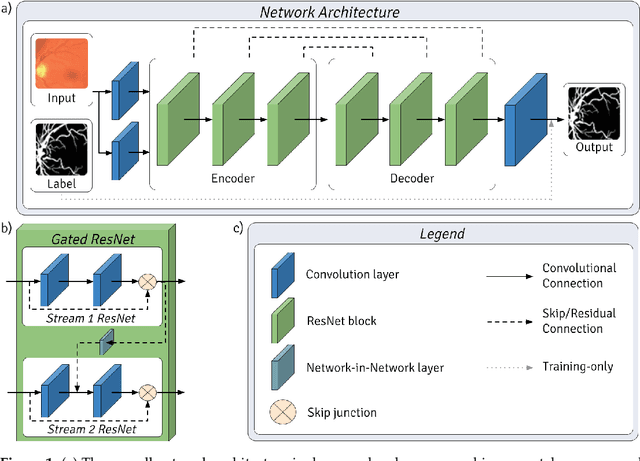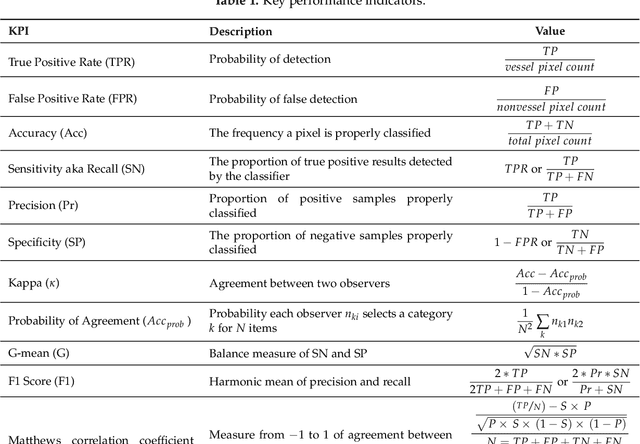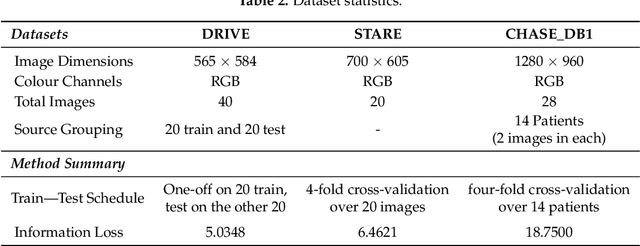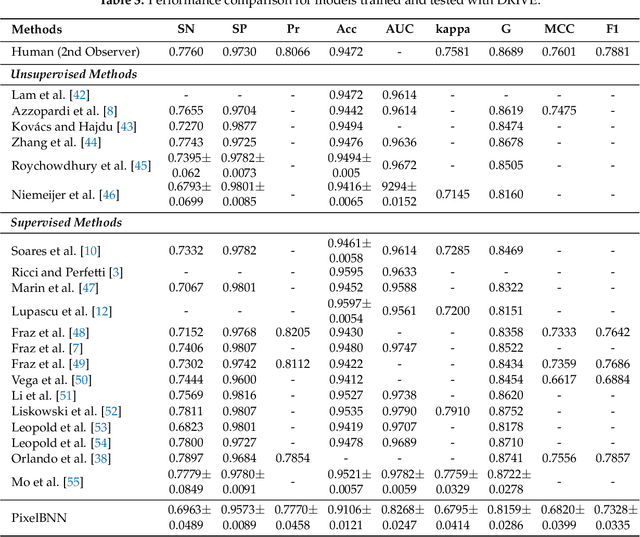PixelBNN: Augmenting the PixelCNN with batch normalization and the presentation of a fast architecture for retinal vessel segmentation
Paper and Code
Dec 19, 2017



Analysis of retinal fundus images is essential for eye-care physicians in the diagnosis, care and treatment of patients. Accurate fundus and/or retinal vessel maps give rise to longitudinal studies able to utilize multimedia image registration and disease/condition status measurements, as well as applications in surgery preparation and biometrics. The segmentation of retinal morphology has numerous applications in assessing ophthalmologic and cardiovascular disease pathologies. The early detection of many such conditions is often the most effective method for reducing patient risk. Computer aided segmentation of the vasculature has proven to be a challenge, mainly due to inconsistencies such as noise and variations in hue and brightness that can greatly reduce the quality of fundus images. This paper presents PixelBNN, a highly efficient deep method for automating the segmentation of fundus morphologies. The model was trained, tested and cross tested on the DRIVE, STARE and CHASE\_DB1 retinal vessel segmentation datasets. Performance was evaluated using G-mean, Mathews Correlation Coefficient and F1-score. The network was 8.5 times faster than the current state-of-the-art at test time and performed comparatively well, considering a 5 to 19 times reduction in information from resizing images during preprocessing.
 Add to Chrome
Add to Chrome Add to Firefox
Add to Firefox Add to Edge
Add to Edge